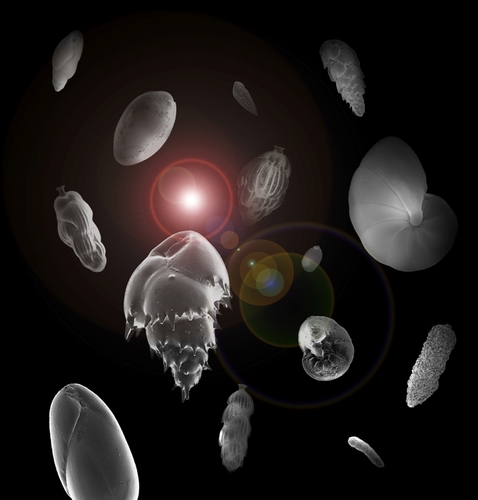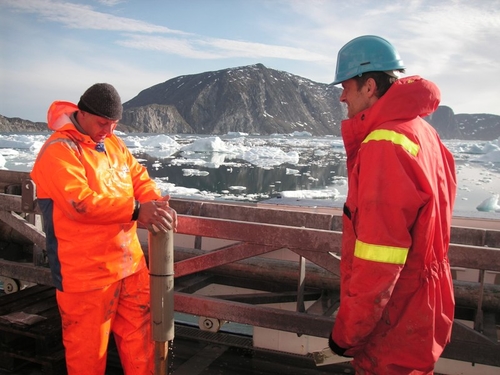New research: The sea is abundant with nitrate-respiring animals Published 29.12.2009

A few years ago, an international research team led by researchers from Aarhus University discovered three species of unicellular animals, so-called foraminifers, which respire nitrate when oxygen is depleted. Thus, these animals remove nitrate as they breathe.
Together with colleagues from France, Switzerland and the Greenland Climate Research Centre, the Aarhus researchers have now travelled around the World on a number of expeditions, including the Galathea Expedition. They found nitrate-respiring animals everywhere: From the Equator to the Arctic and from river mouths to open oceans. The results are being published online this week in the recognized scientific journal, Proceedings of the National Academy of Sciences www.pnas.org
New understanding of the nitrate cycle – old models to be rejected
Nitrate-respiring animals convert nitrate into nitrogen gas and thus remove nitrate from the marine environment. Such processes where previously thought to be performed exclusively by bacteria. The many nitrate-respiring animals force researchers to rethink the nitrogen cycle and change their calculations of the actual amount of nitrate being removed from the marine environment. Results from this global investigation suggest that, in some marine areas, nitrate removal may be up to 70 % higher that previously assumed.
Many different species respire nitrogen
Besides being so abundant, the newly discovered nitrate respiring animals are also found in lines of descent so diverse that nitrate respiration may well have been a trait of the bacterium that gave rise, maybe 1½ billion years ago, to the power stations of higher organisms, i.e. the mitochondria we all carry in our cells today. Until now, mitochondria have been assumed to derive from a bacterium relying solely on oxygen for respiration. Consequently, our mitochondria and those of all other organisms should be dependent on oxygen to this day. However, there is now considerable evidence of the existence of mitochondria capable of using nitrate for respiration as well.
Future research will show whether the basic developmental theory behind the energy-producing power stations within our cells, the mitochondria, must be altered. This means that the evolution of higher organisms may not have been as oxygen-dependent as previously assumed.
Further information:
Søren Rysgaard. Tel: +299 36 12 46
Email: rysgaard@natur.gl
Nils Risgaard-Petersen. Tel +45 89 42 26 97. Mobile: 29 65 63 25
Email: nils.risgaard-petersen@biology.au.dk
Signe Høgslund. Tel. +45 51 37 93 71
Email: signe.hoegslund@biology.au.dk

Success: In this sediment core, too, fished from the bottom of Disko Bay, researchers found thousands of tiny animals capable of respiring nitrate. The picture is taken on the German research vessel Merian sailing north along the west coast of Greenland in 2007 in connection with an IPY project. Photo: Søren Rysgaard

